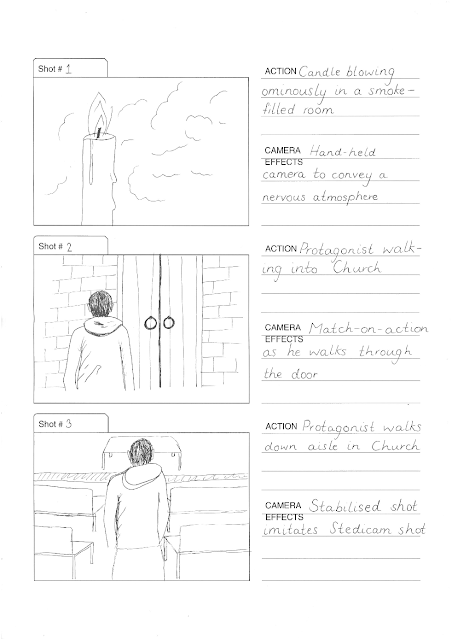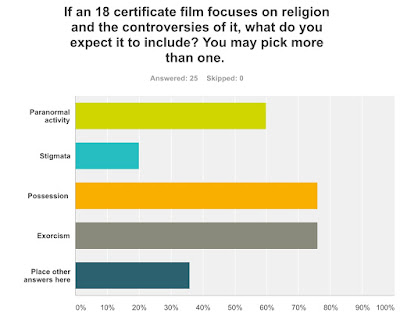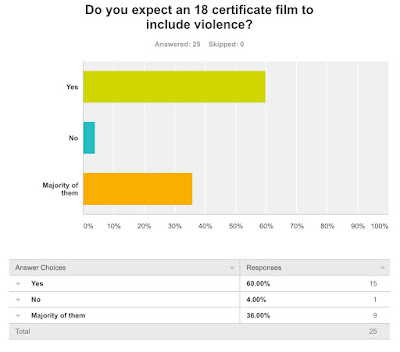Agenda Setting Theory
This particular theory was suggested by Maxwell McCombs and Donald Shaw in 1972. It was originally suggested that the content that is presented in the media created a general public idea, in the sense that they can influence what to think, but they may also tell you what to think about. Within particular news displays, by editors and broadcasters, individuals can play an important part in shaping the view given to certain events in reality. Is often used in political ads, campaigns and news.
There are in fact two levels of the agenda setting theory:
- First Level:
The idea that the media uses objects or issues to influence the people what people should think about and this is mostly studied by researchers,
-Second level:
Media attempts to depict focuses on the certain characters in society and influence peoples view about them.














































